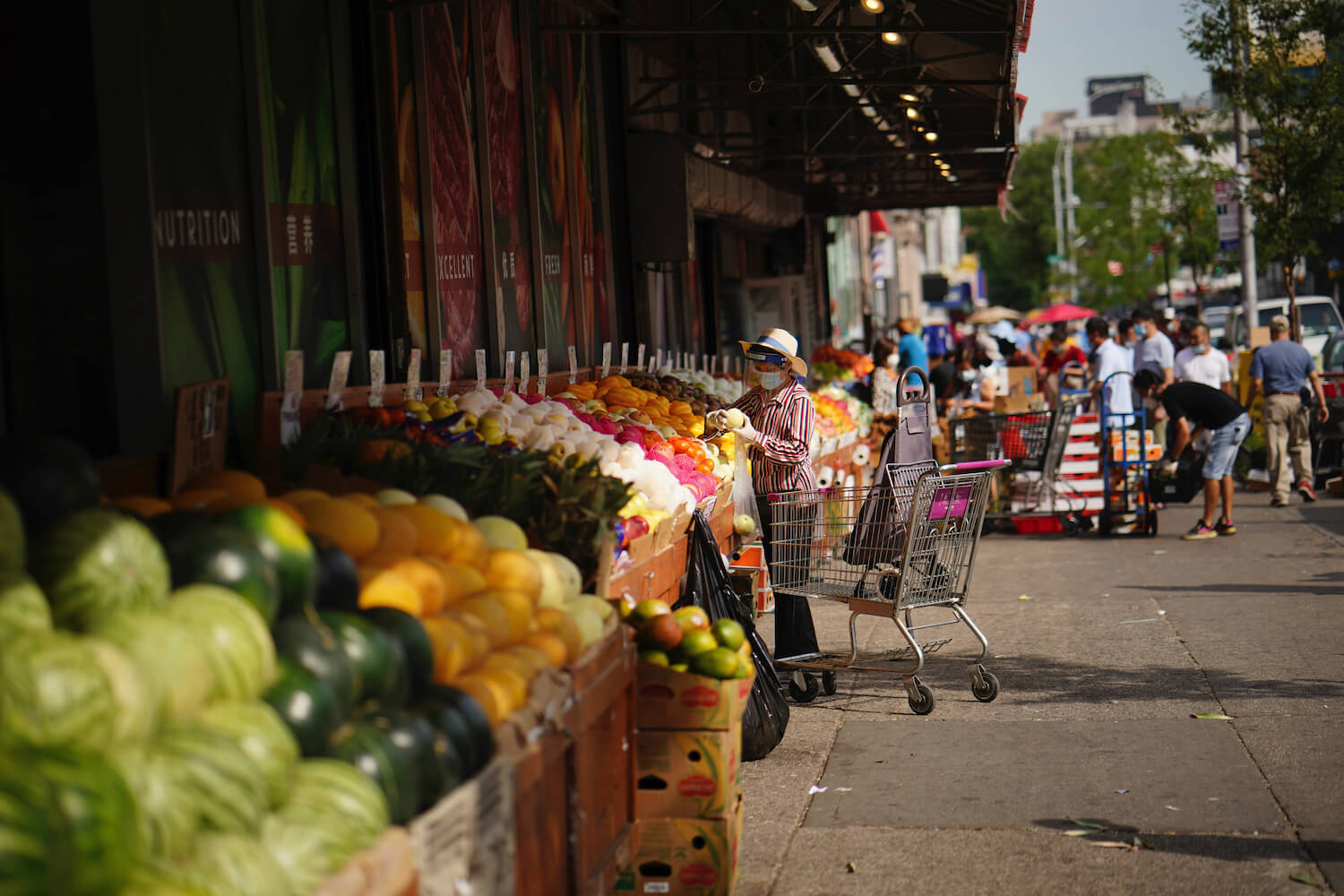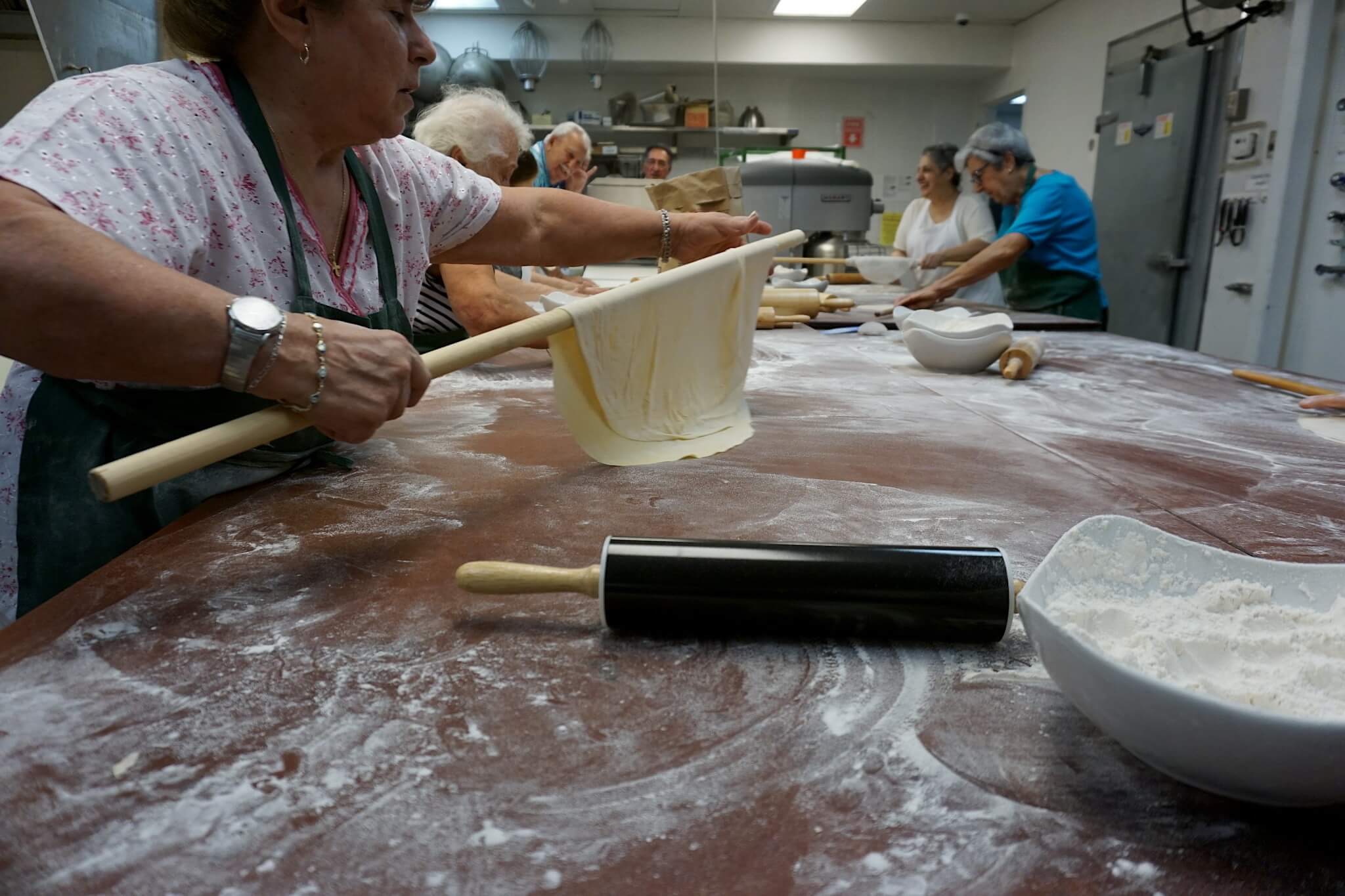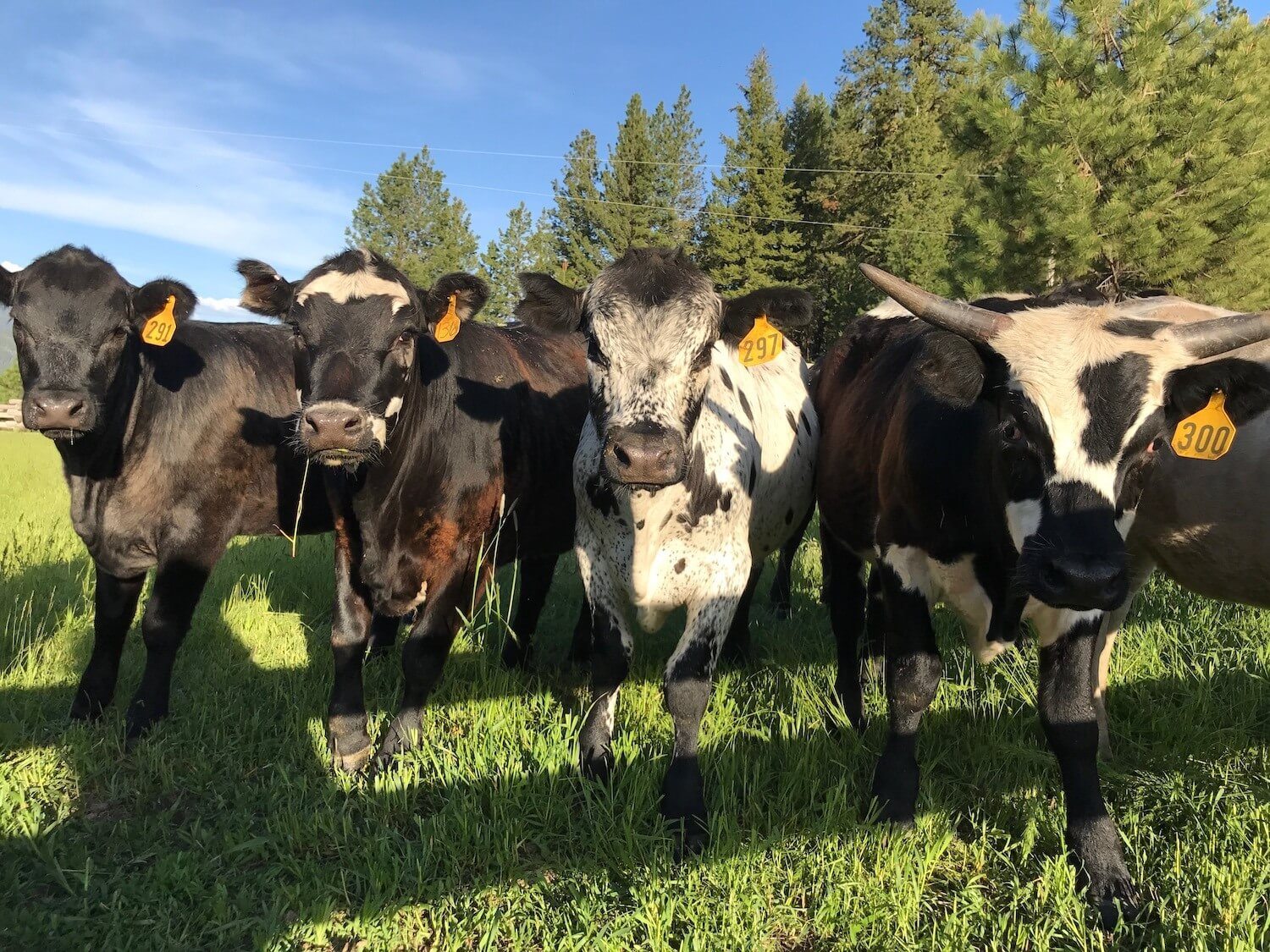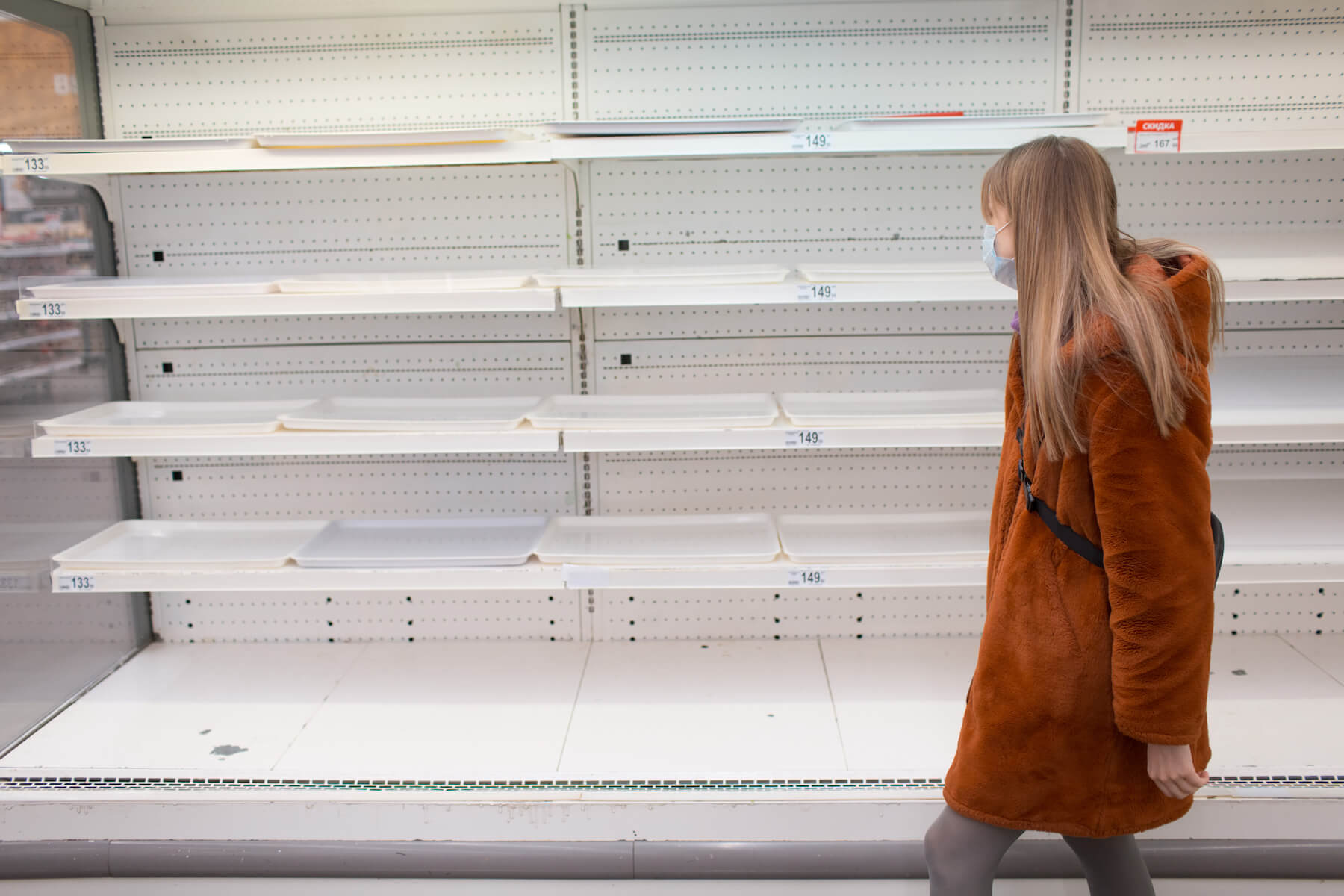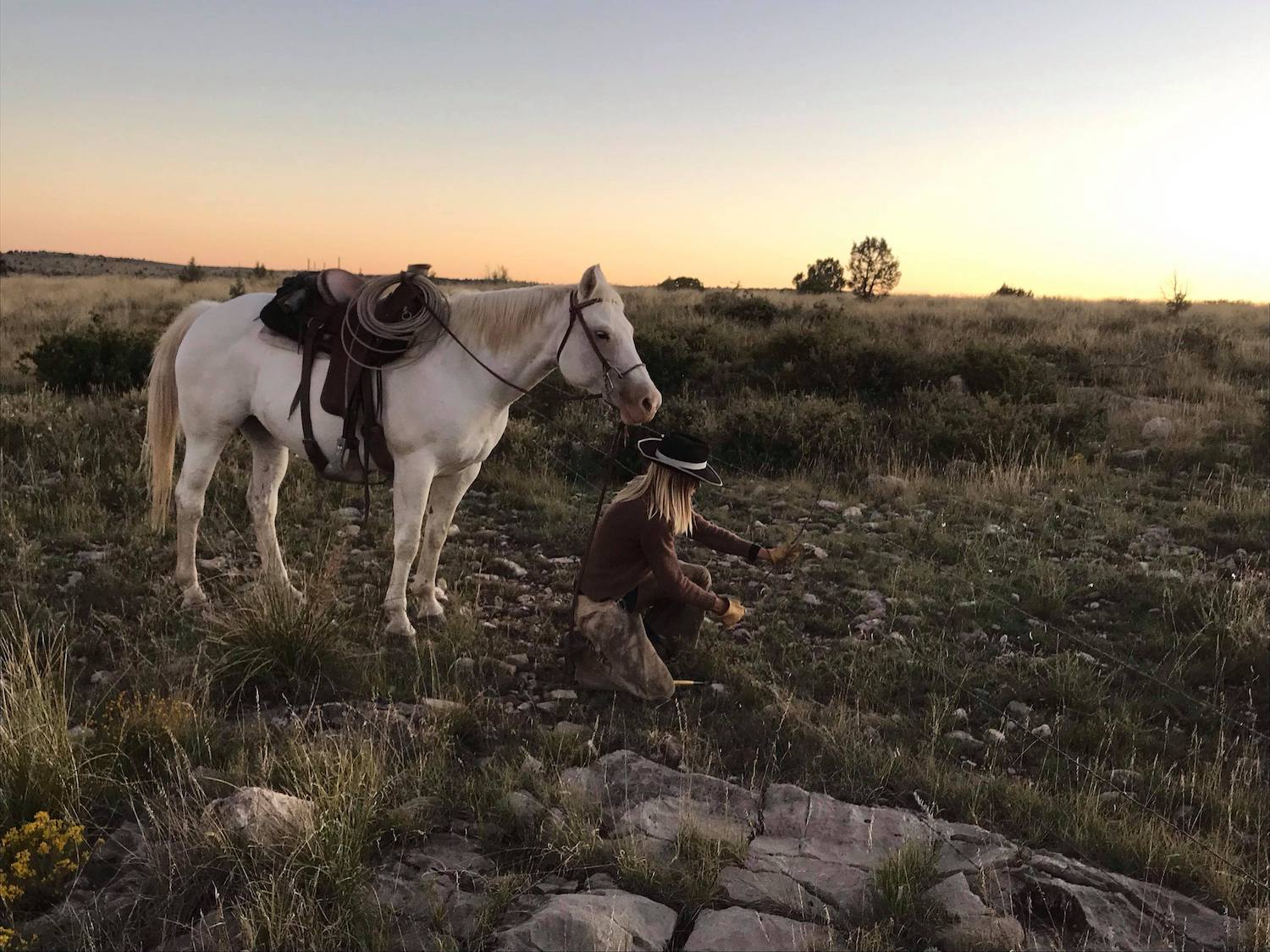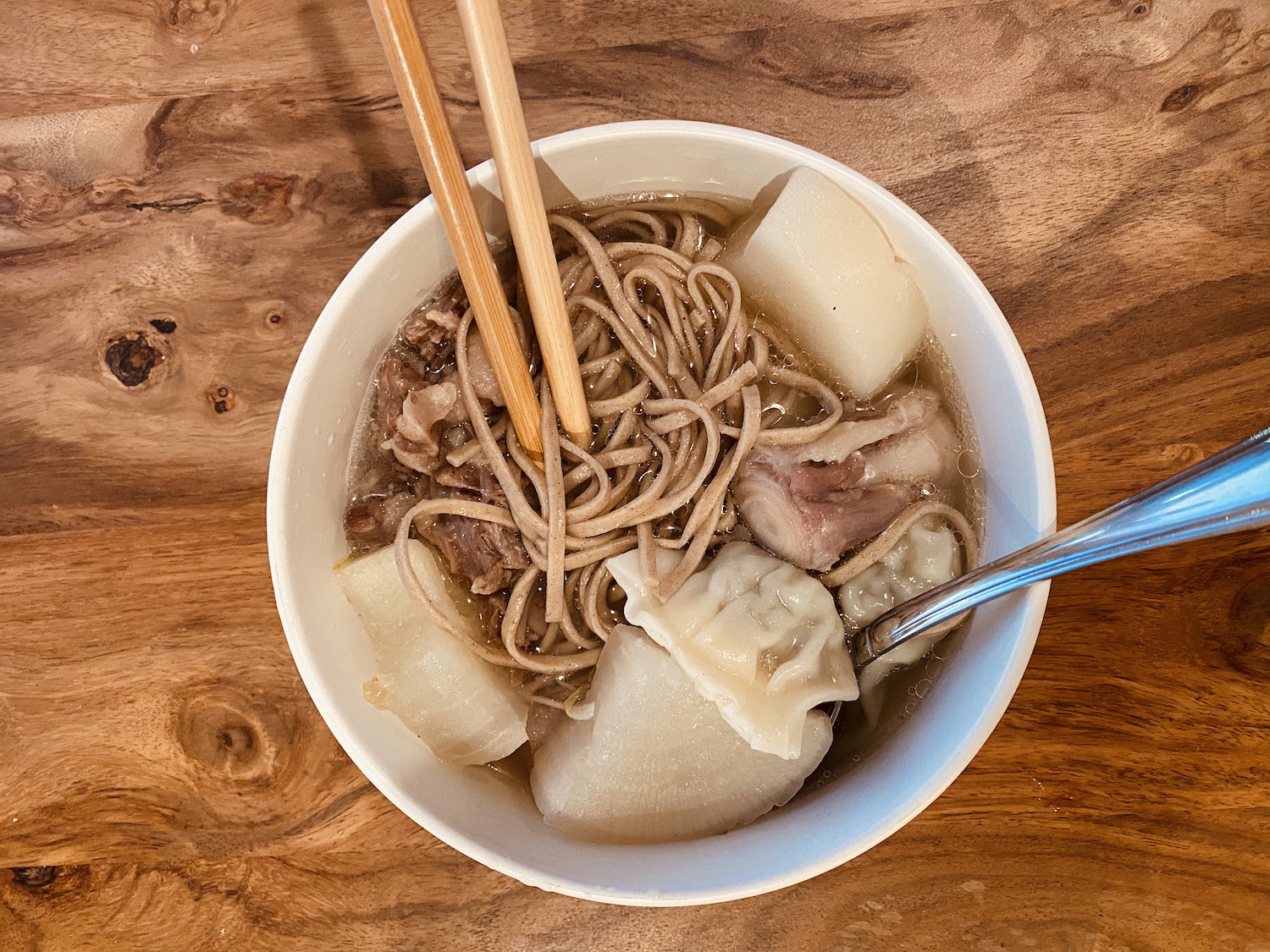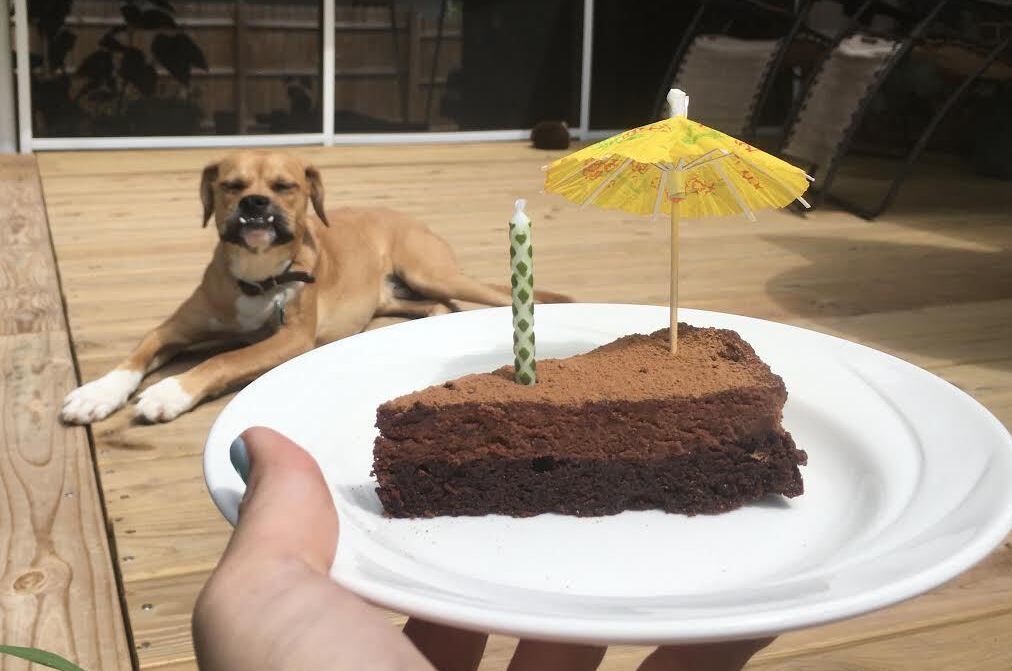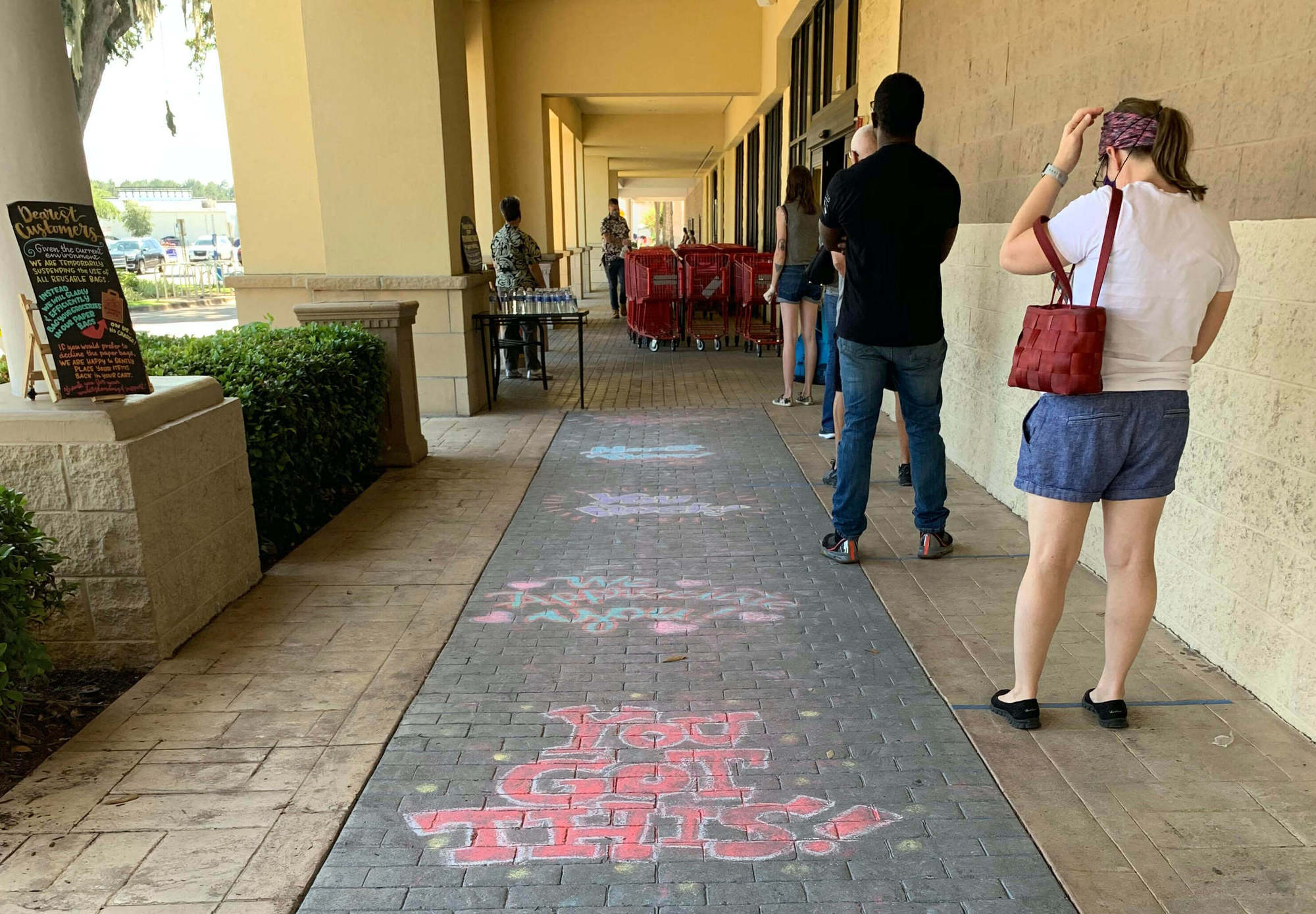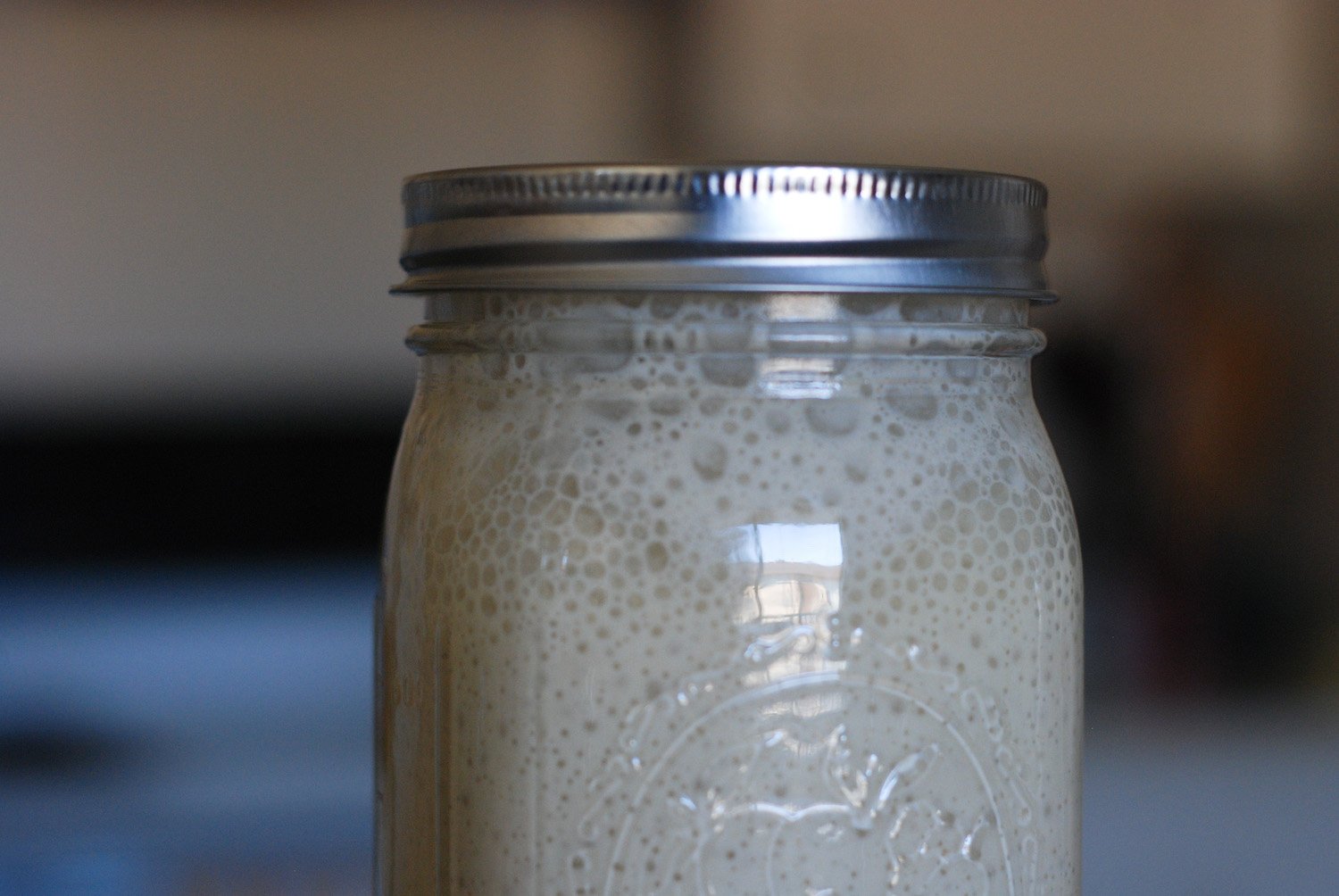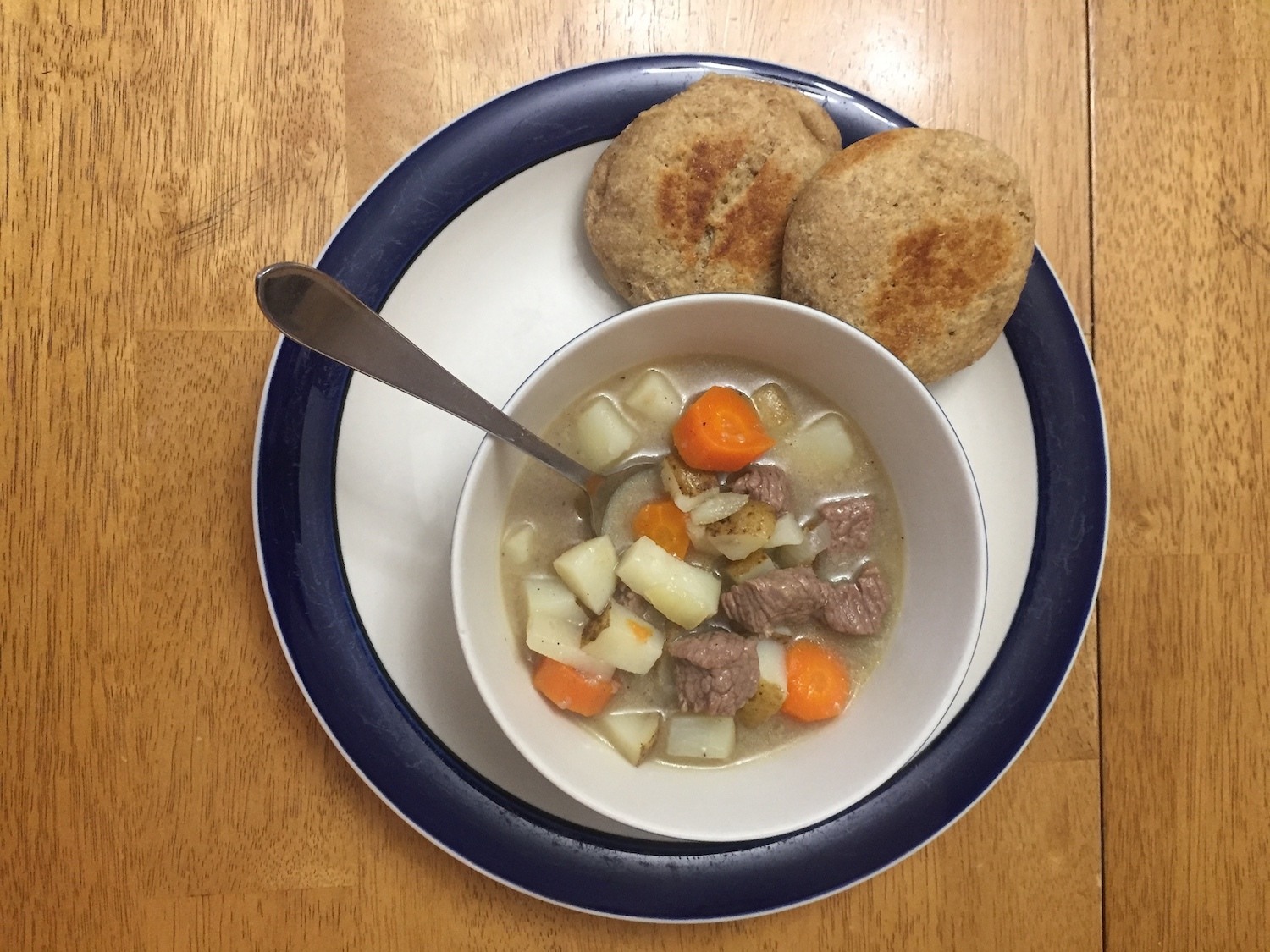
Amanda Hall
Facing an ingredient shortage at local stores, I attempted to recreate “chuck-wagon cooking” for my family.
I wasn’t the typical English major at Brigham Young University, in Provo, Utah: married, 39 years old, the mother of three teenage boys. To finish up my English literature major, I had to spend winter semester of my senior year on what the school calls a capstone project—like a senior thesis—which would require the support of both family and faculty, so I signed up for a class in cowboy and cowgirl literature with one of my favorite professors.
After a couple of months reading and researching, I decided to create a cookbook that reflected the evolution of cowboy and cowgirl cooking. What could be more fun than experimenting with chuck wagon recipes as a way to report on foodways in the American West? I planned to start with material about the “cookie,” or the chuck wagon cook, to create healthier versions of original recipes, and to research my grandfather’s own experiences as a cowboy. I’d write about the chuck wagons’ descendants too—today’s ice cream trucks and food trucks. I turned in my project proposal to my professor the day before our campus closed because of the COVID-19 pandemic. Quarantine had reached the Wasatch Front.
At first, I didn’t think much about how it would interfere with my life. My kids were eager taste-testers awaiting a hearty meal. My husband of 19 years, an artist, thought he might enjoy helping with mealtime aesthetics. I hadn’t planned on the role panic buyers would play.
What could be more fun than experimenting with chuck wagon recipes as a way to report on foodways in the American West?
One day, shortly after campus had closed, I made a trip to Day’s Market down the street. No flour. No potatoes. Even stew meat had disappeared from the shelves. What would I do without the fixings for sourdough biscuits, stew, and chili? But as I continued my research I realized that a pandemic is the perfect time to write about chuck-wagon cooking. My resources were as scarce as my subjects’.
The “cookies” of the 19th century were limited to food that could travel in the chuck wagon without going bad, which usually meant sourdough starter, flour, raisins, dried apples, potatoes, beans, dried meat, and lard. If the “cookie” wanted to keep his job, he had to be innovative and resourceful. Could I push forward with this project?
[Subscribe to our 2x-weekly newsletter and never miss a story.]
I decided to get brave and put together a cowboy-style stew, which meant being strategic in my shopping. The market down the street said their potatoes were delivered on Tuesdays. My husband stopped at another store that had stew meat. I came up with my own recipes, each designed to fill the bellies of three teenage boys, my husband and me. I measured each cup of whole wheat flour carefully so I didn’t waste a drop. I discovered the difficulty of maintaining a sourdough starter. I added extra potatoes to the stew recipe to make the meal more filling, and if there wasn’t meat I made meat-free chili out of dried beans and canned tomatoes. My project quickly turned from a stressful ordeal into an enlightening success.
As I continued my research I realized that a pandemic is the perfect time to write about chuck-wagon cooking. My resources were as scarce as my subjects’.
Only my youngest and pickiest eater complained about the chili, while the hearty food seemed to cheer up my middle son, who had to practice lacrosse skills by himself. My oldest was inspired to attempt artisan bread. Each one of us had learned something by the time I submitted the project in April.
I was nervous about my grade, because everything had felt so chaotic, but the professor liked it—and his wife admired my ability to incorporate whole grains and vegetarian cooking. Chaos, it seems, can be productive, if you don’t let it get to you.
